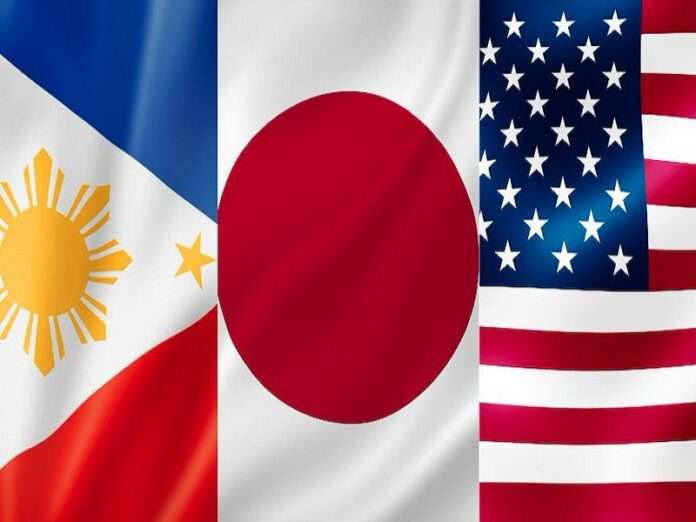China warned in late July that the placement of American intermediate-range missiles could “provoke an arms race”, which was followed by Russia warning Japan in early August that hosting the same could also “trigger another arms race in the region.” It was already assessed in early July that “The Japanese-Philippine Military Logistics Pact Raises The Risk Of War With China”, with it now being clear that their shared American patron is resorting to brinksmanship as part of its “Pivot (back) to Asia”.
The US is apparently calculating that deliberately worsening tensions in Southeast and Northeast Asia respectively, both via the weaponization of its two regional allies’ new military logistics pact and the deployment of intermediate-range missiles to them, would put China and Russia on the defensive. Hungarian Prime Minister Orban recently wondered why the US would push its Eurasian adversaries closer to one another, which more observers should be asking in light of their representatives’ warnings.
Arms races are always a bonanza for the military-industrial complex, which exerts outsized influence over US policymaking, but there might be more to this one than just pecuniary benefits. By compelling China and Russia to coordinate their response to the US’ “dual containment” of what can now be described as the Sino–Russo Entente, the US might convince NATO’s EU members that continuing to contain Russia in Europe upon the inevitable end of the Ukrainian Conflict helps the US contain China in Asia afterwards.
“Trump’s Reported Plan For NATO Is Already Being Partially Implemented”, namely the progress that’s been made thus far in encouraging closer intra-European military-industrial cooperation so as to bolster the bloc’s defensive capabilities, which can then facilitate the US’ “Pivot (back) to Asia”. America can’t effectively contain Russia and China simultaneously, hence why it must rely on a network of regional allies to share the so-called burden, thus explaining the need for NATO to eventually rise to the occasion.
On the other side of Eurasia, the US is assembling an Asian NATO centered on the AUKUS+ core of the Japanese-Philippine Strategic Partnership, which will then be encouraged to replicate the intra-regional military-industrial precedent that could be set by then by NATO’s EU members. The overarching narrative would then be introduced that each American-led network is playing its part in containing the Sino-Russo Entente, which would then be exploited to foster closer “dual containment” coordination.
The US might have to provoke an Asian arms race in order for NATO’s EU members to better understand the urgency with which their patron must “Pivot (back) to Asia” and why they’ll have to share more of the so-called burden for containing Russia once that happens per the means that were explained above. In other words, the US is riskily pushing China and Russia closer together than ever before in the hopes that this can help unite Europe and Asia against both of them under its aegis, but it could also backfire.
For instance, the EU might drag its heels when it comes to doing what the US demands, and its lobbyists could introduce the counternarrative that the US is “abandoning Europe to Russia” if their patron “Pivots (back) to Asia” before the end of the Ukrainian Conflict such as if a crisis accidentally breaks out in Asia. Moreover, closer Russian-Chinese military-technical cooperation, joint actions, and coordinated moves could further weaken the US’ “dual containment” of them, especially if its regional allies don’t step up.
Having Japan and the Philippines provoke an Asian arms race might therefore have the opposite effect than intended if this actually strengthens the Sino-Russo Entente while inadvertently driving a wedge between the US and NATO’s EU members. This plan sounds good on paper and there’s a certain logic behind it, but everything might turn out very differently than expected once it’s actually implemented, though the US still seems hellbent on rolling the dice and hoping for the best from its perspective.







